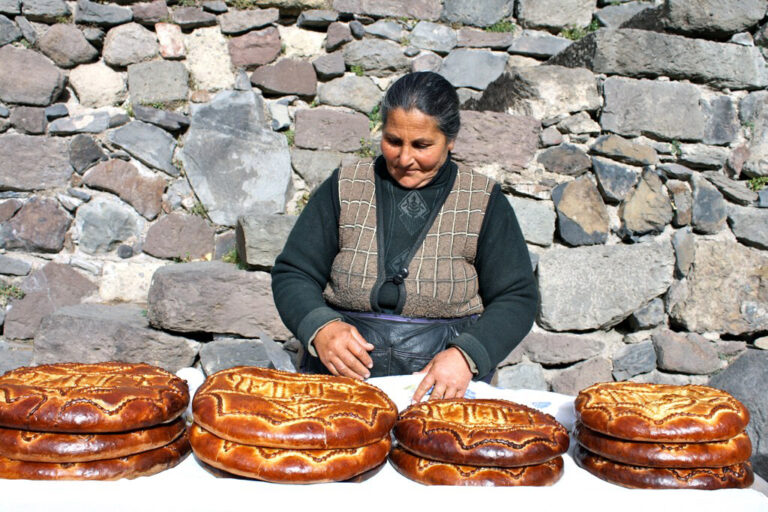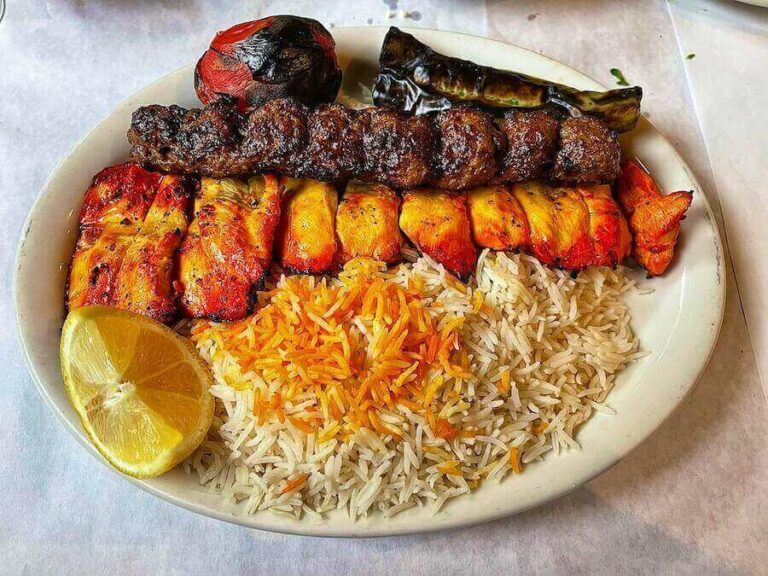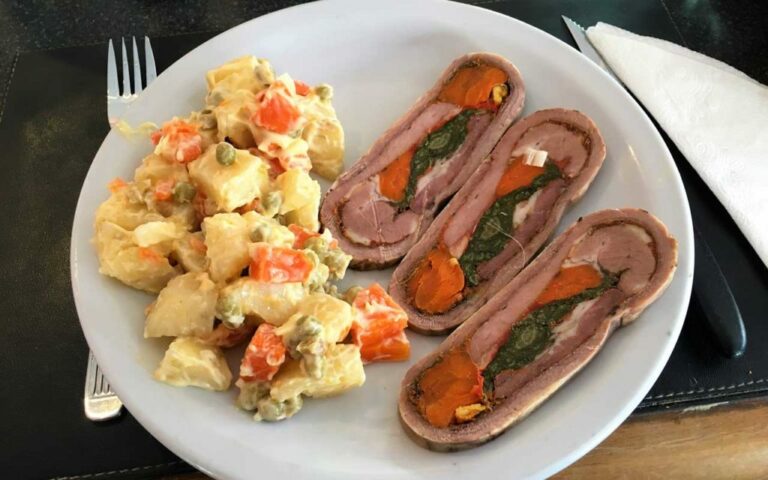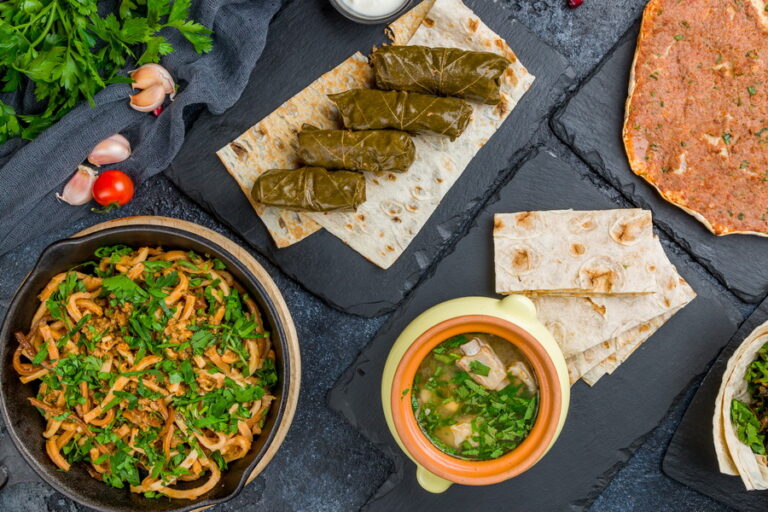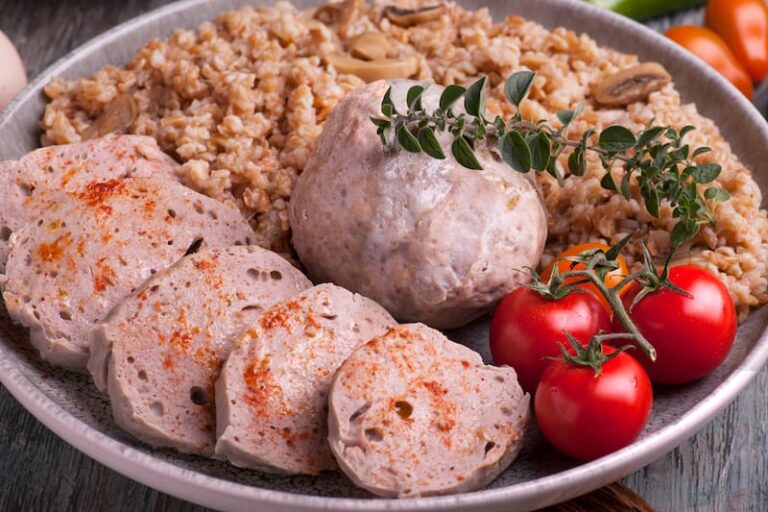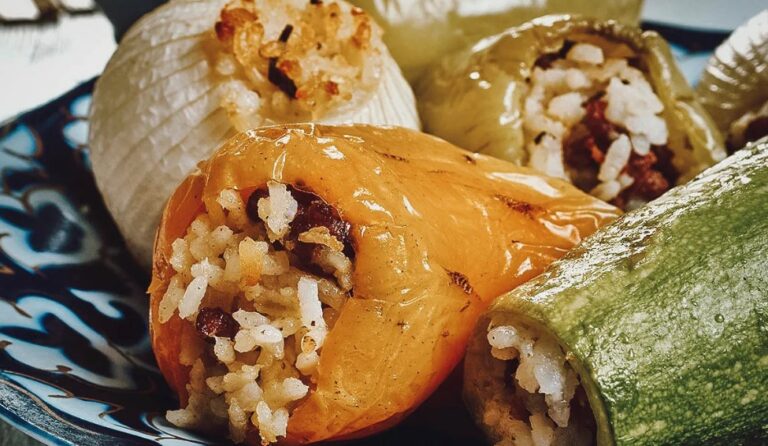Introduction: Austrian cuisine
Austrian cuisine is a combination of German, Hungarian, and Italian culinary traditions. With its diverse cultural influences, Austrian cuisine offers a range of flavorful dishes from savory meat dishes to sweet desserts. Its unique blend of spices and herbs makes Austrian cuisine a delight for food enthusiasts.
History of Austrian cooking techniques
Austrian cuisine has a rich history that dates back to the Roman Empire. The Austrians have always been passionate about cooking and have developed various techniques to prepare their dishes. Some of the traditional methods include roasting, grilling, boiling, baking, and frying. These techniques have been passed down from generation to generation and are still in use today.
Importance of regional ingredients
Austrian cuisine emphasizes the use of fresh, seasonal, and regional ingredients. The country’s diverse landscape and climate provide a range of ingredients such as meats, vegetables, fruits, and dairy products. The use of locally-sourced ingredients ensures that the dishes are fresh and flavorful.
Use of herbs and spices in Austrian cuisine
Austrian cuisine uses a range of herbs and spices to add flavor to their dishes. Some of the most commonly used herbs include thyme, parsley, rosemary, and dill. Spices such as paprika, caraway seeds, and juniper berries are also used to add depth and complexity to dishes.
Cooking methods for traditional Austrian dishes
Traditional Austrian dishes such as Wiener Schnitzel (breaded and fried veal cutlet) and Tafelspitz (boiled beef) require specific cooking methods. The Wiener Schnitzel is typically pounded thin and then breaded and fried until golden brown. Tafelspitz is boiled with root vegetables and spices for several hours until tender.
Techniques for preparing Austrian desserts
Austrian desserts are known for their use of butter, sugar, and eggs. Some of the most popular desserts include Sachertorte (chocolate cake), Apfelstrudel (apple strudel), and Kaiserschmarrn (shredded pancakes). These desserts require specific techniques such as folding egg whites into the batter and stretching the strudel dough until it is paper-thin.
Popular Austrian drinks and their preparation
Austria is known for its wide range of alcoholic and non-alcoholic beverages. Some of the most popular drinks include coffee, beer, wine, and Schnaps (fruit brandy). Coffee is often served with a glass of water, while beer is usually enjoyed in large steins. Wine is typically paired with meals, and Schnaps is often served as a digestif.
Conclusion: The uniqueness of Austrian cuisine
Austrian cuisine is a unique blend of cultural influences and traditional cooking techniques. The use of fresh, regional ingredients and a variety of herbs and spices add depth and complexity to dishes. From classic meat dishes to sweet desserts, Austrian cuisine offers a range of flavorful dishes that are sure to delight any food enthusiast.




